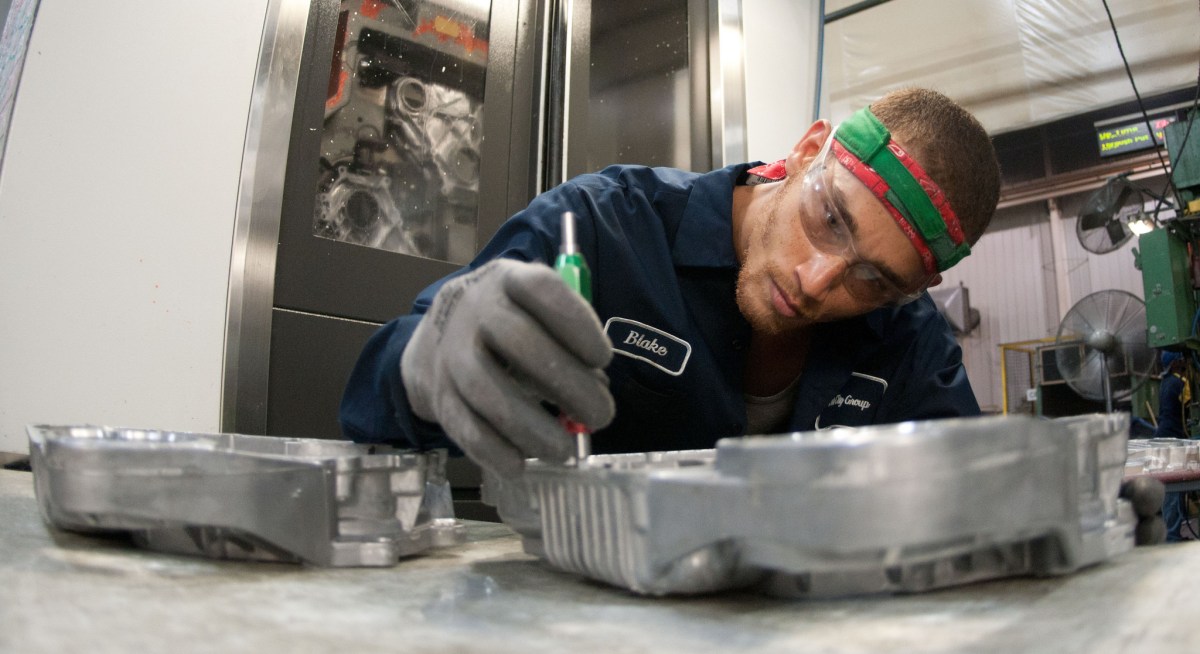More than 3,000 Massachusetts students were left on waiting lists last year for state vocational training programs, a sign of the growing demand for an education that can connect students with high-paying careers. To fulfill this unmet demand, taxpayers would need to ante up at least $27 million, a recent study by the Massachusetts Budget Policy Center concluded, based on the per-pupil cost of educating vocational students. But the cost to the state economy could be even greater if nothing is done, argued Dr. Barry Bluestone, professor of public policy and urban affairs at Northeastern. There is a “critical” need for expansion of vocational education in the state to meet the growing employment needs of local industry, he said. When you combine new jobs with positions left open from retirements in Massachusetts’ aging workforce, the state sees roughly 120,000 job openings every year — three out of five of those jobs will require less than a bachelor’s degree, but are expected to require vocational training or a certification of some kind. Computer technicians, skilled machine operators and healthcare practitioners, like home health aides and certified nursing assistants, are among the fastest growing jobs in Massachusetts — none require a four-year degree. For fields like manufacturing, skilled technicians are needed to operate and program machines. Bluestone said these workers are in such short supply, factories could start pulling out of the Bay State in search of areas were workers are more skilled. “The demand for vocationally trained workers over the next decade will expand very rapidly over the next 10 years, requiring that we expand our vocational schools even over what we have as a backlog,” Bluestone said. Currently there are 28 regional vocational schools and nine in-district vocational programs in Massachusetts serving about 48,000 students — about 17 percent of all high school students statewide. As of fall 2015, there were 3,200 students unable to access vocational education. An estimated 2,200 more in the state’s rural areas would be interested in programs if they had the option, the Budge Policy Center study found. It costs about $5,000 more per year to educate a student in a vocational school, but Colin Jones, of Mass Budget said it’s worth the price in order to supply the workforce needed for a successful economy. “[We need] opportunities to train young people with skills needed in growing fields like advanced manufacturing, information technology, and health care,” Colin Jones wrote in the report. “For example, recent projections suggest that mid-level jobs in health careers such as nursing and medical assisting will have grown by 2.7 million (36 percent) nationally between 2010 and 2020.” The Baker Administration has long voiced support for alternative high school options — including for vocational schools. An initial proposal by the governor to invest $84 million in technical training programs was shaved to $24 million in grants over two years, but Gov. Charlie Baker said the influx of cash could make it “possible for more students to explore a pathway to success through stronger partnerships with our schools and local businesses in the commonwealth.”
Expanding vo-tech education ‘critical’ to Mass. economy: report

Flickr


















